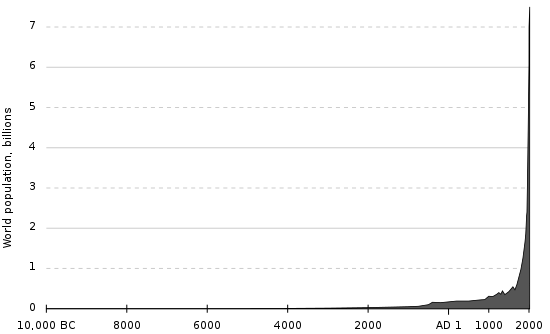Media Contact:
Ronna Kelly
Communications Director
Global Footprint Network
ronna.kelly@footprintnetwork.org phone: +1 510 839 8879
OAKLAND, CA, USA – OCTOBER 13, 2014 – Russia ranks fourth in the world among nations with the most biocapacity and is uniquely positioned as the most populous nation with increasing biocapacity reserves, according to a report released Oct. 13 by WWF-Russia in Moscow.
The report by WWF-Russia and Global Footprint Network, titled “Ecological Footprint of the Subjects of the Russian Federation,” assessed Russia and its regions using two main criteria: biocapacity and Ecological Footprint. Biocapacity measures biologically productive land areas, including forests, pastures, cropland and fisheries. These areas, especially if left unharvested, can also absorb much of the waste we generate, including our carbon emissions.
Biocapacity then can be compared against a population’s demand on nature, measured by its Ecological Footprint.
Only Brazil, China, and the United States have more total biocapacity than Russia. Of those, only Brazil has a larger biocapacity reserve than Russia, calculated by measuring the difference between biocapacity and Ecological Footprint. But as Brazil’s population and domestic demand has increased during the past 50 years, its per capita biocapacity reserve has declined 73 percent. If it fails to arrest this per capita decline in biocapacity reserves, Brazil could cross into deficit within the next 50 years.
In contrast, Russia’s biocapacity reserve is growing. This means that Russia’s population is less dependent on the biocapacity of other nations than most of the world’s other economies.
“Russia is in an advantageous position as one of the few nations in the world with a solid biocapacity reserve,” said Mathis Wackernagel, President of Global Footprint Network. “Even in this fortunate position, it is squarely in Russia’s self-interest to minimize the loss of its biocapacity reserve by managing its resources use wisely. If it fails to do so, Russia will be caught in the same resource crisis that many other countries face.”
Russia’s unique position means that with a sensible approach towards natural resources management, it can supply itself with stable reserves of biocapacity for decades ahead. But how long can this last?
Per-person resource use in Russia has grown since 1998 and is above the world average available biocapacity of 1.8 global hectares per person (based on 2009 data, the latest available at the time of the report). If everyone on the planet lived the lifestyle of the average Russian, humanity would need more than two Earths to sustain this demand.
Currently the most developed areas of Russia enjoy the strongest regional investment climate. But their consumption levels are high, and they have relatively fewer natural resources. The 10 regions with the strongest investment climate, including Moscow, the Moscow region and St. Petersburg, account for 47 percent of Russia’s Ecological Footprint.
These three regions also have the lowest biocapacity and the highest Ecological Footprint per capita. If everyone on Earth lived the lifestyle of an average Muscovite, we would need 3.3 planets instead of one. Only one region out of ten—Krasnoyarsk Krai—enjoys both a favorable investment climate and plentiful natural resources.
The areas where the nation’s natural resources are concentrated attract considerably lower investment. The highest per capita biocapacity is found in Chukotsky, Nenetsky, Sakha Republic (Yakutiya), Magadansky, Kamchatsky and Krasnoyarsky.
“If investors will continue to act in accordance with standard rating systems, one can expect that regions delivering natural resources will keep destroying their own natural capital without investing anything into their future,” said Evgeny Shvarts, Director of Nature Protection Policy at WWF-Russia.
According to the report, the most favorable situation is found in the regions that combine a high level of biocapacity with high human development potential—for example, Khabarovsky, Murmansky and Arkhangelsky, Krasnoyarsky, and Irkutsky.
“If Russia wants to stay among the world economic powers and strengthen the well-being of its citizens, it must take necessary steps to preserve its natural resources, both mineral and biological, as well as invest into science, education, culture and technological developments, so that it creates a knowledge economy and lowers the general load on the ecosystems,” stress the authors of the report.
